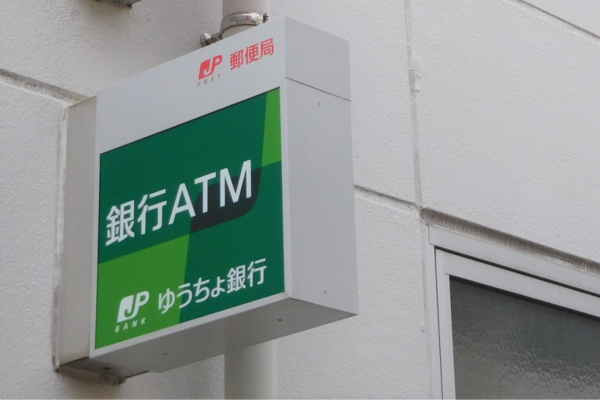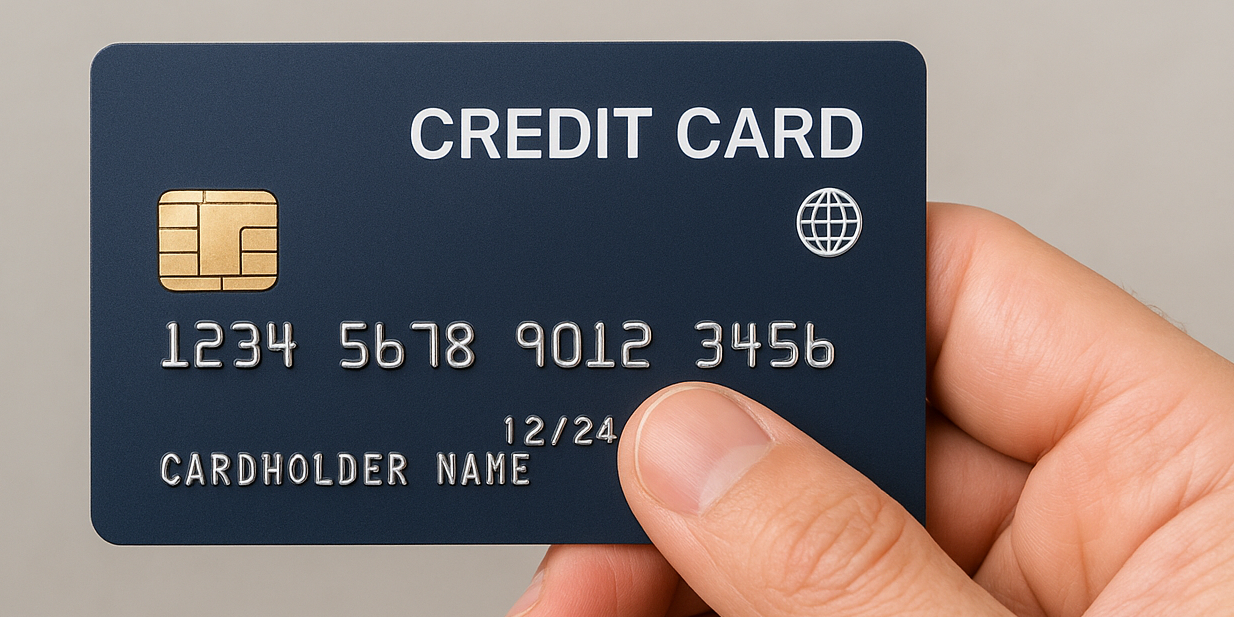Introduction: Is Cash Necessary? Or Not?
Hello! I’m Ken, the editor-in-chief of Tokyo Insider Guide.
“I heard Japan is a high-tech country, but surprisingly, it’s still a cash-based society.”
Have you ever heard something like this from friends who have traveled abroad? The last thing you want is to get flustered at the register, only to find out your card isn’t accepted.
Let me give you the conclusion first. The current situation in Japan is this: “Basically, you’ll be fine with cashless, but a little cash will save you.” After reading this article, you’ll have a clear understanding of the complex situation, and your anxiety about payments in Japan will disappear!
The State of Cashless Payments in Japan: Understanding the 3 Main Forces
First, the quickest way to understand Japan’s payment methods is to divide them into three groups.
① Credit Cards (International Brands)
These are international brands like Visa and Mastercard. They are the most fundamental option, accepted at most hotels, department stores, and chain restaurants.

② IC Transit Cards
These are rechargeable electronic money cards, represented by Suica and Pasmo. Originally for riding trains, they are now the star players for all kinds of small payments around town, from convenience stores and vending machines to station coin lockers. For tourists, we recommend the Welcome Suica, which requires no deposit.

③ QR Code Payments
These are payment methods using smartphone apps like PayPay and Rakuten Pay. While extremely popular in Japan, most of them require a Japanese phone number and/or bank account to register. Therefore, you should remember that they are generally not an option for short-term tourists.
For Travelers: This is the Ultimate Payment Combination
So, what should a traveler do specifically? I’ll explain my recommendations for different scenarios.
Scenario ①: Large Payments at Hotels, Department Stores, and Restaurants
This is simple. The best way is to pay with the credit card you use in your home country. You’ll almost certainly have no problems, especially with Visa or Mastercard. The number of registers that accept contactless payments (NFC) has also been rapidly increasing lately.
Scenario ②: Small Payments for Trains, Convenience Stores, and Vending Machines
The undisputed champion here is an “IC Transit Card (Suica / Pasmo).” With just one card, you can ride trains without the hassle of buying tickets, buy coffee at a convenience store, and get a juice from a vending machine when you’re thirsty. Once you experience this smoothness, you won’t be able to go without it. You can easily purchase and charge these cards at ticket machines in major stations.
Related Article: [2025 Edition] The Ultimate Guide to Suica & PASMO: Find the Perfect Card for You!
Scenario ③: Old-Fashioned Small Eateries, Local Shops, and Temples
This is where “cash” comes into play. There are still quite a few places that only accept cash, such as privately-owned ramen shops, admission fees for tourist spots (like temples and shrines), and local souvenir shops. It’s always a good idea to carry around 10,000 yen in cash for these situations.
Helpful TIPS
Where Can I Get Cash?
Even if you run out of cash, there’s no need to panic. 7-Eleven (Seven Bank ATMs) and Post Offices (Japan Post Bank ATMs) are a traveler’s best friend, allowing you to withdraw Japanese yen using credit or debit cards issued overseas.

QR Code Payments You Can’t Use, and Those You Can
As I explained earlier, you can’t use services like PayPay, but Alipay+ and WeChat Pay are exceptions. The number of stores that accept these payment methods is increasing in places frequented by tourists, such as department stores, airports, and drugstores.
Ken’s Conclusion: Just Prepare These 3 Things and You’re All Set!
I’ve explained a lot, but the conclusion is very simple. When you arrive in Japan, just prepare these three things first.
- Keep a Visa or Mastercard from your home country in your wallet.
- Exchange about 10,000 to 20,000 yen into cash as soon as you arrive at the airport.
- Get a Suica or Pasmo card as soon as you get to a major station and charge it with about 3,000 yen.
With just these three steps, 99% of your payments during your Japan trip will go smoothly. No more hesitating at the register. Enjoy Japan smartly and comfortably!



Comments